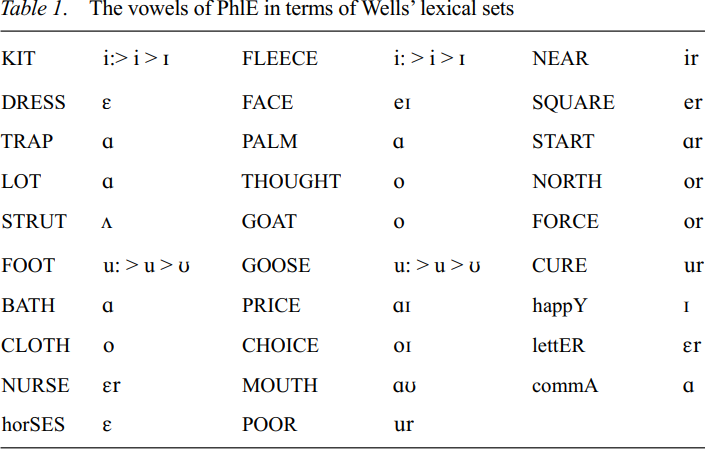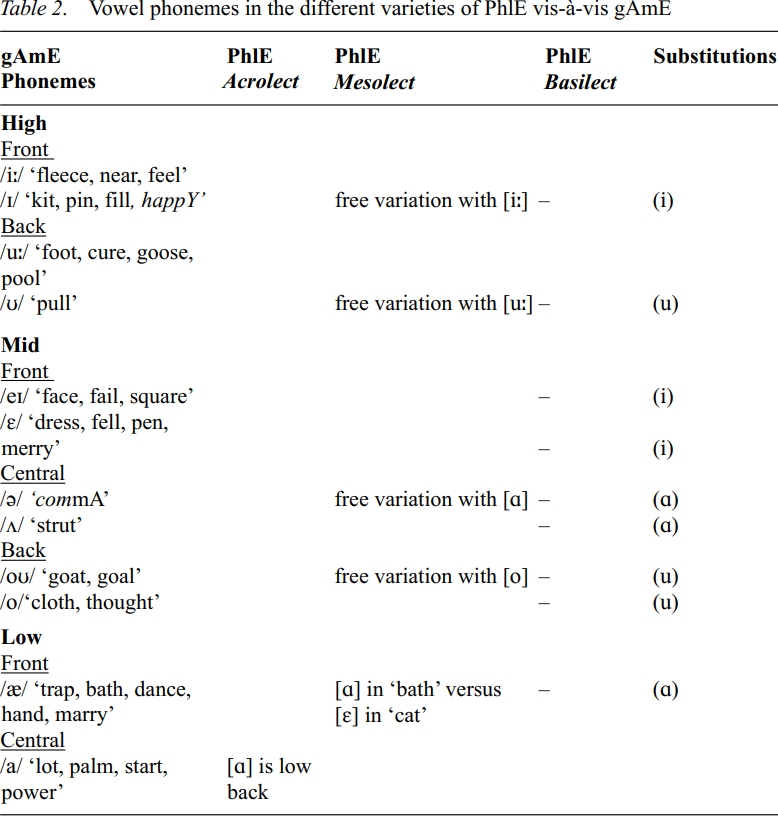

Grammar


Tenses


Present

Present Simple

Present Continuous

Present Perfect

Present Perfect Continuous


Past

Past Simple

Past Continuous

Past Perfect

Past Perfect Continuous


Future

Future Simple

Future Continuous

Future Perfect

Future Perfect Continuous


Parts Of Speech


Nouns

Countable and uncountable nouns

Verbal nouns

Singular and Plural nouns

Proper nouns

Nouns gender

Nouns definition

Concrete nouns

Abstract nouns

Common nouns

Collective nouns

Definition Of Nouns

Animate and Inanimate nouns

Nouns


Verbs

Stative and dynamic verbs

Finite and nonfinite verbs

To be verbs

Transitive and intransitive verbs

Auxiliary verbs

Modal verbs

Regular and irregular verbs

Action verbs

Verbs


Adverbs

Relative adverbs

Interrogative adverbs

Adverbs of time

Adverbs of place

Adverbs of reason

Adverbs of quantity

Adverbs of manner

Adverbs of frequency

Adverbs of affirmation

Adverbs


Adjectives

Quantitative adjective

Proper adjective

Possessive adjective

Numeral adjective

Interrogative adjective

Distributive adjective

Descriptive adjective

Demonstrative adjective


Pronouns

Subject pronoun

Relative pronoun

Reflexive pronoun

Reciprocal pronoun

Possessive pronoun

Personal pronoun

Interrogative pronoun

Indefinite pronoun

Emphatic pronoun

Distributive pronoun

Demonstrative pronoun

Pronouns


Pre Position


Preposition by function

Time preposition

Reason preposition

Possession preposition

Place preposition

Phrases preposition

Origin preposition

Measure preposition

Direction preposition

Contrast preposition

Agent preposition


Preposition by construction

Simple preposition

Phrase preposition

Double preposition

Compound preposition

prepositions


Conjunctions

Subordinating conjunction

Correlative conjunction

Coordinating conjunction

Conjunctive adverbs

conjunctions


Interjections

Express calling interjection

Phrases

Sentences


Grammar Rules

Passive and Active

Preference

Requests and offers

wishes

Be used to

Some and any

Could have done

Describing people

Giving advices

Possession

Comparative and superlative

Giving Reason

Making Suggestions

Apologizing

Forming questions

Since and for

Directions

Obligation

Adverbials

invitation

Articles

Imaginary condition

Zero conditional

First conditional

Second conditional

Third conditional

Reported speech

Demonstratives

Determiners


Linguistics

Phonetics

Phonology

Linguistics fields

Syntax

Morphology

Semantics

pragmatics

History

Writing

Grammar

Phonetics and Phonology

Semiotics


Reading Comprehension

Elementary

Intermediate

Advanced


Teaching Methods

Teaching Strategies

Assessment
The phonetic features of PhlE Vowels
المؤلف:
Ma. Lourdes G. Tayao
المصدر:
A Handbook Of Varieties Of English Phonology
الجزء والصفحة:
1050-62
2024-06-16
1479
The phonetic features of PhlE
Vowels
Table 1 summarizes the vowels of PhlE in terms of Wells’ lexical sets.

Since there is considerable lectal variation further details are provided in Table 2, of the three PhlE varieties alongside those of gAmE. In table 2 a minus sign (-) represents a set present in gAmE but absent in the PhlE variety. Substitutions made for those absent phonemes are enclosed in parenthesis in the last column of the tables. As the U.S. phonological tradition generally classes /eɪ/ and /oʊ/ with the monophthongs, I have left them in table 2, whilst excluding the other diphthongs.


The vowels of the acrolect group resemble those of gAmE except for PALM which is low back in the former but low central in the latter. The de-stressing of vowels rendering them [ə] or [ɪ] in rapid speech also occurs in this group. The generation study of Gonzalez, Jambalos and Romero (2003) shows the increased use of schwa in unstressed syllables.
The mesolect group has six stressed vowels plus schwa. [i] (or [ɪ]) is used for both KIT and FLEECE. These short vowels are in free variation with [i:]; no words are distinguished purely by length. Similarly [u] (or [ʊ]) is used for both FOOT and PULL; with once again some free variation with the long vowel [u:]. [o] is used for both CLOTH and THOUGHT; [ɑ] for PALM; and schwa in free variation with [ɑ] for commA. The other vowels in the inventory of the mesolect variety are [ε] in DRESS; [e] and ‘stressed schwa’ /Λ/ in STRUT. Some differences from gAmE pronunciations occur as in [o] in model rather than [ɑ]; and [ɑ] in bag instead of [æ]. The vowels of the mesolect group are given full value even in unstressed syllables, in contrast to acrolectal norms.
The basilect, on the other hand, has three vowels. [i] is used for KIT and FLEECE as well as DRESS vowels. [ɑ] is used for TRAP, NURSE and About. [u] is used for FOOT and GOOSE as well as for CLOTH and FORCE. Thus, in this variety, trap is pronounced [tarap], north is rendered [nurt] and nurse, [nars]. Like those of the mesolect group, vowels in polysyllabic words are not de-stressed in the basilect.
In spontaneous speech, vowel length differences between monophthongs and diphthongs are not evident in the mesolect and basilect varieties of PhlE. As far as vowel length in contrastive pairs like feel/fill and pool/pull is concerned, mesolectal speakers do produce them distinctly in focused, deliberate speech. However, in other styles [i] and [i:] and [u] and [u:] do not contrast; there is a slight tendency for the long vowels to be preferred under the influence of Philippine languages.
 الاكثر قراءة في Phonology
الاكثر قراءة في Phonology
 اخر الاخبار
اخر الاخبار
اخبار العتبة العباسية المقدسة

الآخبار الصحية















 قسم الشؤون الفكرية يصدر كتاباً يوثق تاريخ السدانة في العتبة العباسية المقدسة
قسم الشؤون الفكرية يصدر كتاباً يوثق تاريخ السدانة في العتبة العباسية المقدسة "المهمة".. إصدار قصصي يوثّق القصص الفائزة في مسابقة فتوى الدفاع المقدسة للقصة القصيرة
"المهمة".. إصدار قصصي يوثّق القصص الفائزة في مسابقة فتوى الدفاع المقدسة للقصة القصيرة (نوافذ).. إصدار أدبي يوثق القصص الفائزة في مسابقة الإمام العسكري (عليه السلام)
(نوافذ).. إصدار أدبي يوثق القصص الفائزة في مسابقة الإمام العسكري (عليه السلام)


















